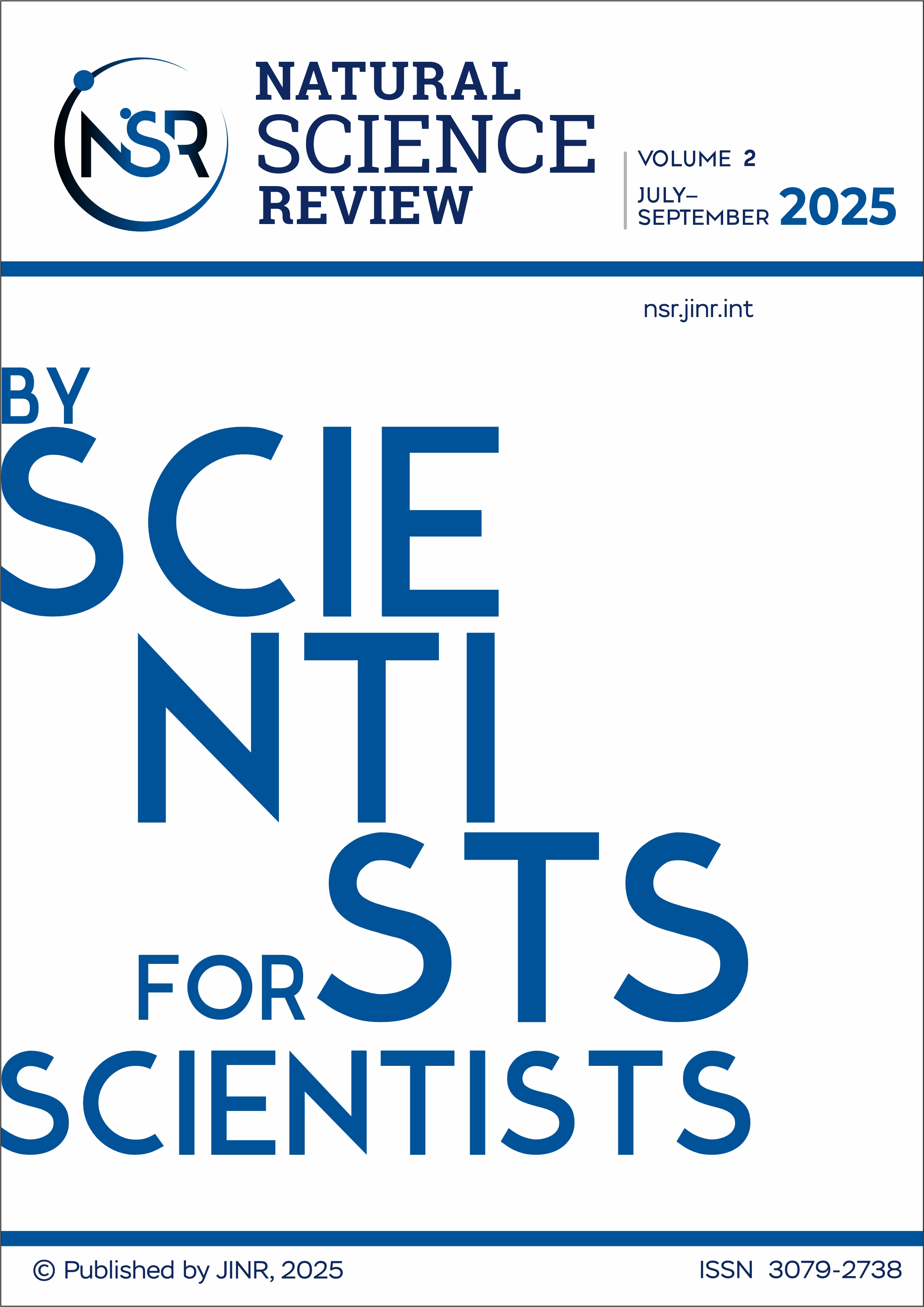The Natural Science Review journal is guided by the "Rules of article retraction" of the Association of Science Editors and Publishers (ASEP) and the Recommendations of the international Committee on Publication Ethics (COPE) >> regarding the policy of article retraction.
Article retraction is a mechanism for correcting published information and alerting readers to articles that contain such seriously flawed or erroneous content or data that cannot be relied upon, or has been published with serious violations of publication ethics.
Article retraction does not mean its removal from the journal's website, but warns about the prohibition of its further use by providing information about violations found in it. Only in extreme cases, when the text on the journal's website may harm a certain part of the community or science, the article is deleted from the journal's website.
In addition, retraction is used to alert readers to cases of duplicate publications (when authors submit the same data in multiple works), plagiarism, and concealment of conflicts of interest that may have influenced the interpretation of the data, and other ethical violations.
Grounds for retracting an article are violations of ethical norms that are generally accepted in scientific community or journal's ethical principles.
Grounds for retraction:
- incorrect and/or unattributed borrowing (plagiarism) in a published article;
- the article publication in several journals;
- self-plagiarism with a large amount of repetition of research results and text already published in other articles;
- falsification or fabrication (for example, falsification of experimental data);
- major errors in the publication (for example, incorrect interpretation of research results), questioning its scientific value;
- an incorrect author list (a missing author; people who do not meet the authorship criteria are included);
- a latent conflict of interest;
- re-publication of the article without the author's consent;
- other violations.
The reason for the article retraction:
- the appeal of the author/authors about the article retraction;
- the editorial board's decision based on the expertise.
The editorial board makes the decision to retract the article, taking into account the response of the article's author/co-authors explaining the position on the article's retraction (upon receipt of the response).
If the author/co-authors consider it necessary to retract the article, they contact the editorial office, explaining the reason for their decision. The editorial board responds to the authors and, if there are grounds for retraction, it independently retracts the article's text.
If the editorial board decides to retract the article's text based on its expertise (including in response to incoming information), the editorial board informs the authors about this and requests their reasoned opinion on the validity of the article's retraction. A reasoned opinion is requested from each co-author of the article separately. If the author/co-authors ignore the editorial board's request, the editorial board has the right to retract the publication without taking into account the authors' opinions.
If the editorial board receives an appeal about grounds for retracting the article, the editorial board informs the appeal's author about the period of its consideration. The maximum consideration period does not exceed one month. An appeal is not considered if it does not indicate the surname, first name, patronymic of the author, or contact details.
The editor-in-chief forms an expert commission to examine the article and supporting materials. The decision to retract the article is recorded in the minutes of the meeting of the journal's editorial board. Having decided to retract the article, the editorial board states the reason for the retraction (in case of plagiarism, indicating borrowing sources), as well as the retraction date. The article and the description of it remain on the journal's website as part of the journal's issue, but the text's electronic version is labelled with "RETRACTED" and the retraction date. The same label is placed in the article and in the issue's table of contents.
After the article is retracted from the journal, information about the retraction is sent to national and foreign information resources in which the journal is indexed or published. Information about the retracted articles is passed on to the ASEP Council of Scientific Publication Ethics (for entering information into a single database of retracted articles) and to the Scientific Electronic Library (elibrary.ru). Information about the article and the full text remain on elibrary.ru, but supplemented with information about retraction. The retracted articles and references to them are excluded from the RSCI and do not participate in the calculation of indicators.
Along with deciding to retract an article, the editorial board has the right to ban accepting articles from the author/co-authors of the retracted article for publication for a certain period of time.
Information on the article retraction is posted on the journal's website.


